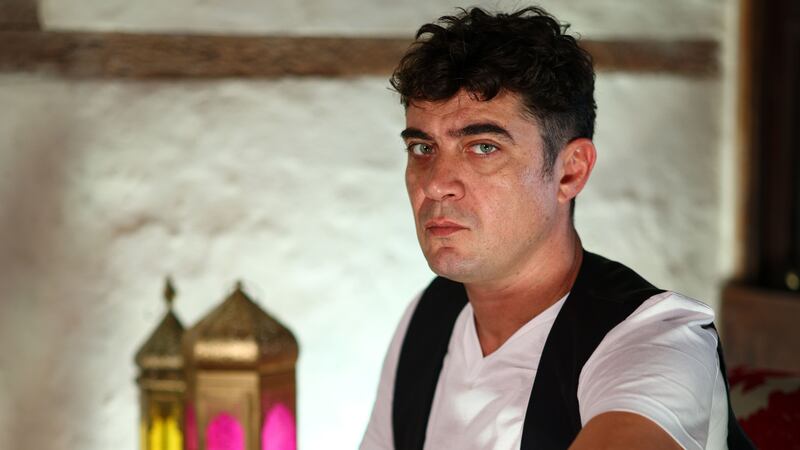There’s a part of Ireland which, to my mild regret, I’ve only visited once in the last five years. And if you were to ask, I’d have to admit there’s nobody currently living there whom I consider a friend.
I refer to Munster. And as a Dubliner I suspect I’m not too unusual in that. But if one were to extrapolate from some of the analysis of the most recent Irish Times North and South opinion poll, the fact that the same is true for many of us in the Republic when it comes to Northern Ireland is proof of the deep divide between the two political entities on the island.
North and South is a valuable and thought-provoking project, but the benefit of this particular exercise seems unclear. Population-wide polls are useful in many ways but using them to establish how sundered one set of people are from another in a contiguous geographical area is unsatisfactory. Most obviously, when it comes to familiarity with people and places, proximity matters. But the poll was silent on how much the lived experience of Northern Ireland differed between, say, Donegal and Waterford (although we know as a matter of common sense that the contrast will be dramatic).
[ North and South poll: in-depth coverageOpens in new window ]
To be fair, the poll was attempting to capture something which many of us instinctively feel to be true; a century of partition has caused the two parts of Ireland to drift further apart. The systems of health, education and justice have inevitably diverged over the years, while decades of conflict rendered humdrum social connections across the Border less likely. Something has been lost.
READ MORE
That may be true. But parts of it almost certainly predate partition. Apparently trivial regional differences in accents and attitudes are signifiers of that. The splitting in two of Ulster was arguably a more brutal severing of natural ties than the partition of Ireland. And hard lines on a map rarely reflect the messy reality of how and where people want to live.
[ Big division across North and South remains national identificationOpens in new window ]
Might there be some better way of capturing the reality of the connections – or lack of them – between different groups in different parts of Ireland? One obvious one is by looking at “culture”, an amorphous word at the best of times and a particularly fraught one in this context, when it’s too often reduced a blunt tribal badge (flute bands versus bodhrans), or as some sort of happy-clappy salve for all that divides us. In fact, culture is what divides us as often as it brings us together. But if 1990s rightwing media entrepreneur Andrew Breitbart was right, as I think he was, when he said that “politics is downstream from culture”, then culture is where we should be starting to look.
By many measures, culture in Ireland is much less divided than it was. Shared membership of the European Union over several decades smoothed down the barriers between North and South which particularly afflicted Border communities but also impeded broader social, commercial and cultural interactions. Add to that the progressive demilitarisation of Northern Ireland since the 1990s and the dramatic shift in the balance of economic power between North and South. All of this is reflected in a plethora of co-productions and jointly-funded projects with input from North and South. Add also the effect of globalisation and cultural homogenisation.
The wars in the former Yugoslavia and other conflicts disproved the once-popular theory that these sorts of trends would wash away centuries-old atavistic hatreds. However, along with the decline in organised religion, they do contribute to the sense of a blurring of old lines of tribal identity.
What last week’s poll did reveal was that many of those in the South who aspire most fervently to unification with the North have the least interest in or knowledge of the place. A quick scan of Irish history from the Easter Rising to the anti-partition campaign of the 1950s confirms there’s nothing new about that.
What might be interesting would be a more in-depth exploration of the role of media. The most significant nation-building cultural projects of the past century by both the British and Irish states have come in the establishment of public service broadcasting services. The same is largely true of privately-owned print media. That seems unlikely to change, as technological disruption has placed most media companies in a defensive crouch rather than expansionary mode.
So it might be a worthwhile project to ask people from the Republic how many of them listen to The Nolan Show or have ever read the Irish News, and those in the North whether they use the thejournal.ie’s app or watch The Tommy Tiernan Show. Parochialism and partitionism can often end up being exactly the same thing.














